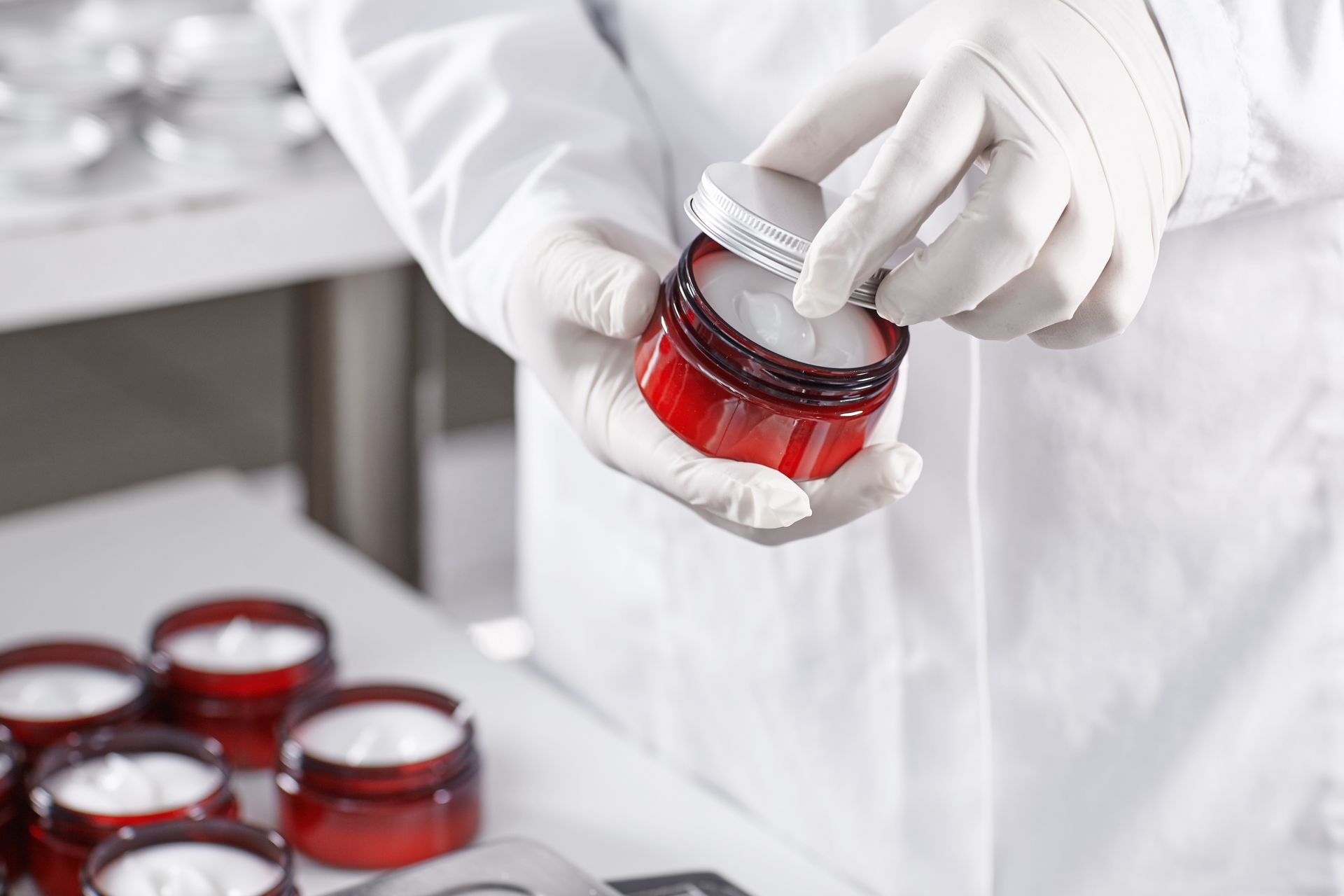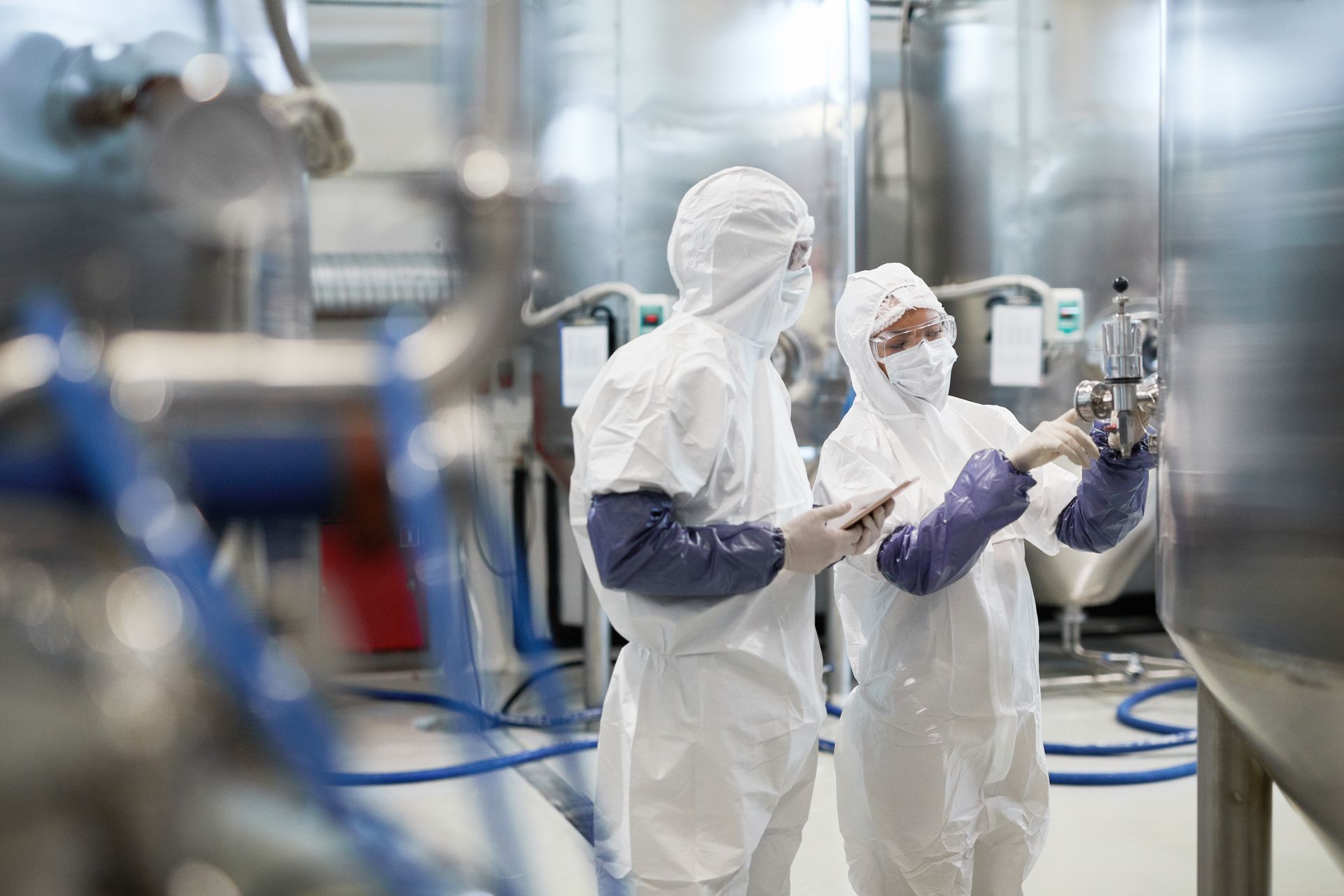The Use of Modular Cleanrooms in Temporary Situations

Introduction
Cleanrooms are critical in industries where the production or processing of materials requires a highly controlled environment, free of contamination from airborne particles, microbes, or other impurities. These controlled spaces are commonly used in fields like semiconductor manufacturing, pharmaceuticals, biotechnology, aerospace, and healthcare. In some scenarios, however, a permanent, traditional cleanroom may not be practical or necessary. This is where modular cleanrooms—temporary, flexible, and easily customizable cleanroom solutions—come into play.
Modular cleanrooms are becoming increasingly popular as they offer significant advantages over conventional, permanent cleanroom structures, especially when temporary cleanroom facilities are required. These modular units can be quickly assembled and dismantled, providing a cost-effective and scalable solution for industries that need cleanroom environments for short-term projects or fluctuating production needs. This article will explore the use of modular cleanrooms in temporary situations, their benefits, and the industries that can benefit from their use.
What are Modular Cleanrooms?
Modular cleanrooms are pre-fabricated, portable, and adaptable cleanroom systems designed to meet the specific contamination control requirements of a facility. These cleanrooms are made up of modular panels that can be easily assembled and disassembled without the need for permanent construction. They are typically equipped with essential cleanroom components such as high-efficiency particulate air (HEPA) or ultra-low penetration air (ULPA) filters, laminar airflow systems, and controlled ventilation.
The modular nature of these cleanrooms means that they can be customized to the size, shape, and level of cleanliness required for a specific application. Whether it is a small unit for a lab setup or a large facility for manufacturing, modular cleanrooms can be configured according to the industry’s needs. Additionally, they are designed to be flexible in terms of portability, allowing them to be relocated or expanded as necessary.
Why Choose Modular Cleanrooms for Temporary Situations?
- Flexibility and Scalability: One of the most significant advantages of modular cleanrooms is their flexibility and scalability. Temporary cleanroom needs often arise in industries with fluctuating production schedules or project-based work, such as research and development (R&D) labs, pharmaceutical clinical trials, or medical device manufacturing. Modular cleanrooms can be tailored to meet specific, temporary needs, whether it is for short-term projects or seasonal production.
- Cost-Effectiveness: Permanent cleanroom construction is a costly and time-consuming endeavor. Not only does it require significant capital investment, but it also involves regulatory approvals, construction delays, and ongoing maintenance. Modular cleanrooms, on the other hand, are much more affordable and can be deployed quickly without the need for extensive construction work.
- Speed of Installation and Relocation: Modular cleanrooms are designed for rapid assembly and disassembly. In situations where time is of the essence, such as when urgent production needs arise, the ability to set up a cleanroom in a matter of weeks, or even days, can be a game-changer. This speed of deployment allows businesses to quickly scale their operations or expand their production capacity without the long wait associated with traditional cleanroom construction.
- Compliance with Industry Standards: Despite being temporary, modular cleanrooms are built to comply with stringent industry standards, such as ISO 14644 for cleanliness classification and Good Manufacturing Practices (GMP) for pharmaceuticals. Modular cleanrooms are equipped with the same high-quality filtration systems, controlled airflow, and air handling systems as permanent cleanroom facilities. As a result, they can provide the same level of contamination control and meet regulatory requirements for specific industries.
- Reduced Downtime and Increased Productivity: Temporary cleanroom setups are ideal for industries that need to maintain operational efficiency but experience short-term fluctuations in production. By using modular cleanrooms, companies can ensure minimal downtime during periods of expansion or transition. For instance, a manufacturer may need to temporarily increase capacity due to a sudden spike in demand, such as during a product launch or seasonal production increase. The availability of a modular cleanroom enables the business to continue production without halting operations to build or refurbish a permanent cleanroom.
- Customizable Design: Modular cleanrooms can be customized to suit specific operational needs. This includes the ability to modify the layout, air filtration systems, size, and cleanliness levels. Whether the requirement is for a highly sterile environment for pharmaceuticals or a less stringent environment for electronics assembly, modular cleanrooms can be designed and configured to meet these diverse needs.
Industries That Benefit from Modular Cleanrooms
- Pharmaceuticals and Biotechnology: The pharmaceutical and biotechnology industries are among the primary users of modular cleanrooms, particularly for clinical trials, research, and small-scale production. Modular cleanrooms allow companies to set up sterile environments for drug formulation, testing, or production, all while ensuring regulatory compliance.
- Semiconductor Manufacturing: The semiconductor industry is one of the most stringent sectors when it comes to cleanroom standards. The production of microchips and other semiconductor components requires extremely low levels of particulate contamination, making cleanroom environments an absolute necessity. Modular cleanrooms can be used in semiconductor fabs (fabrication facilities) when additional space or specialized environments are required for temporary projects or test runs.
- Aerospace and Defense: Aerospace manufacturing often involves the need for cleanroom environments to assemble sensitive components such as avionics, sensors, or precision equipment. Modular cleanrooms offer aerospace companies the flexibility to set up temporary cleanroom spaces when new components are being tested or during production surges related to new missions or aircraft models.
- Medical Devices: The production of medical devices, particularly sterile devices such as surgical instruments, implants, or diagnostic equipment, requires strict contamination control. Modular cleanrooms provide a practical solution for medical device manufacturers when short-term, high-quality production is needed.
- Food and Beverage Industry: While cleanrooms are often associated with high-tech industries, food and beverage manufacturers are also embracing modular cleanrooms for specific production needs. For example, high-precision packaging of pharmaceutical-grade supplements, specialty food products, or handling of sensitive ingredients might require cleanroom environments. Modular cleanrooms can be used to ensure that contamination risks are minimized during production.
Conclusion
Modular cleanrooms offer a versatile, cost-effective solution for industries that require temporary, flexible, and scalable cleanroom environments. Whether for clinical trials, small-scale production, R&D, or seasonal increases in demand, these temporary cleanrooms meet the stringent requirements of contamination control without the financial and logistical challenges of permanent cleanroom installations.
The ability to quickly deploy, relocate, and customize modular cleanrooms to suit specific needs makes them an invaluable tool for a wide range of industries, including pharmaceuticals, biotechnology, semiconductor manufacturing, aerospace, medical devices, and even food production. As the demand for temporary cleanroom solutions grows, modular cleanrooms will continue to play an essential role in providing efficient and adaptable solutions to contamination control challenges in industries worldwide.
Read more: All About Cleanrooms - The ultimate Guide






